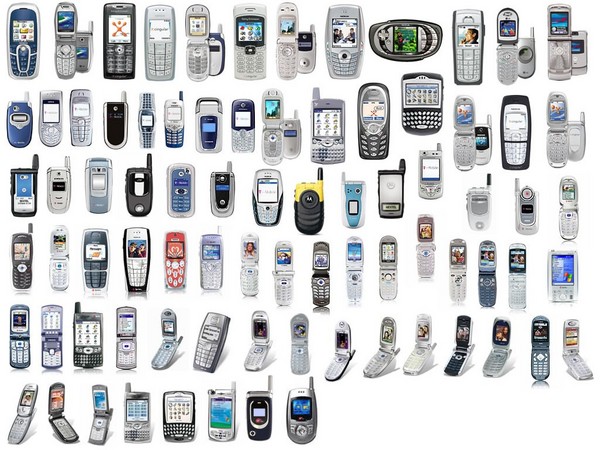 Stephen Wolfram, physicist, mathematician and complexity theorist, has taken big data ideas to an entirely new level — he’s quantifying himself and his relationships. He calls this discipline personal analytics.
Stephen Wolfram, physicist, mathematician and complexity theorist, has taken big data ideas to an entirely new level — he’s quantifying himself and his relationships. He calls this discipline personal analytics.
While examining every phone call and computer keystroke he’s made may be rather useful to the FBI or to marketers, it is not until that personal data is tracked for physiological and medical purposes that it could become extremely valuable. But then again who wants their every move tracked 24 hours a day, even for medical science?
From ars technica:
Don’t be surprised if Stephen Wolfram, the renowned complexity theorist, software company CEO, and night owl, wants to schedule a work call with you at 9 p.m. In fact, after a decade of logging every phone call he makes, Wolfram knows the exact probability he’ll be on the phone with someone at that time: 39 percent.
Wolfram, a British-born physicist who earned a doctorate at age 20, is obsessed with data and the rules that explain it. He is the creator of the software Mathematica and of Wolfram Alpha, the nerdy “computational knowledge engine” that can tell you the distance to the moon right now, in units including light-seconds.
Now Wolfram wants to apply the same techniques to people’s personal data, an idea he calls “personal analytics.” He started with himself. In a blog post last year, Wolfram disclosed and analyzed a detailed record of his life stretching back three decades, including documents, hundreds of thousands of e-mails, and 10 years of computer keystrokes, a tally of which is e-mailed to him each morning so he can track his productivity the day before.
Last year, his company released its first consumer product in this vein, called Personal Analytics for Facebook. In under a minute, the software generates a detailed study of a person’s relationships and behavior on the site. My own report was revealing enough. It told me which friend lives at the highest latitude (Wicklow, Ireland) and the lowest (Brisbane, Australia), the percentage who are married (76.7 percent), and everyone’s local time. More of my friends are Scorpios than any other sign of the zodiac.
It looks just like a dashboard for your life, which Wolfram says is exactly the point. In a phone call that was recorded and whose start and stop time was entered into Wolfram’s life log, he discussed why personal analytics will make people more efficient at work and in their personal lives.
What do you typically record about yourself?
E-mails, documents, and normally, if I was in front of my computer, it would be recording keystrokes. I have a motion sensor for the room that records when I pace up and down. Also a pedometer, and I am trying to get an eye-tracking system set up, but I haven’t done that yet. Oh, and I’ve been wearing a sensor to measure my posture.
Do you think that you’re the most quantified person on the planet?
I couldn’t imagine that that was the case until maybe a year ago, when I collected together a bunch of this data and wrote a blog post on it. I was expecting that there would be people who would come forward and say, “Gosh, I’ve got way more than you.” But nobody’s come forward. I think by default that may mean I’m it, so to speak.
You coined this term “personal analytics.” What does it mean?
There’s organizational analytics, which is looking at an organization and trying to understand what the data says about its operation. Personal analytics is what you can figure out applying analytics to the person, to understand the operation of the person.
Read the entire article after the jump.
Image courtesy of Stephen Wolfram.

